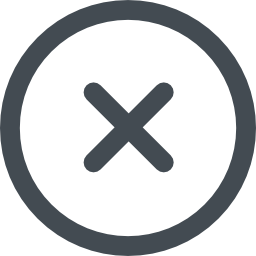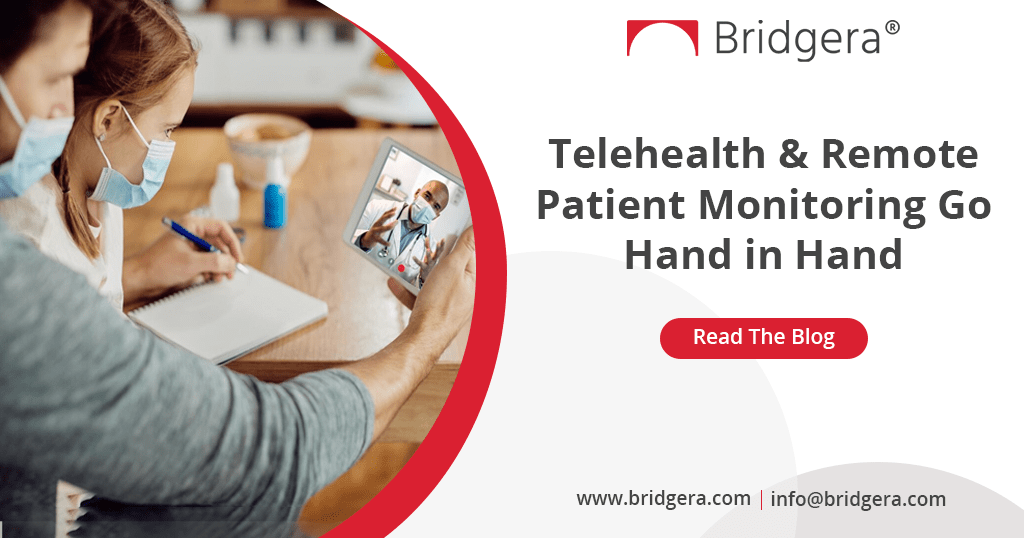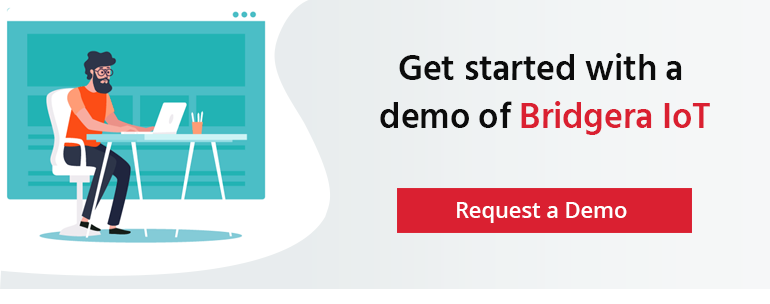Remember that time in the early 2020s, when the world seemed to turn upside down? The COVID-19 pandemic not only impacted our daily lives but also revolutionized how we access healthcare. We saw a staggering 154% increase in telehealth visits in March 2020 compared to the same period in 2019, with some organizations experiencing an even steeper rise of 350%. This surge wasn’t just a temporary blip. A recent HIMSS survey revealed that a whopping 9 out of 10 healthcare organizations are planning to maintain or expand their telehealth services, anticipating a long-term demand increase of 53%.
By leveraging remote patient monitoring (RPM) technologies integrated with a robust telehealth platform, healthcare providers can unlock the full potential of telehealth, ultimately optimizing patient care delivery in the digital age.
What is Telehealth?
Telehealth, the practice of diagnosing and treating patients remotely using telecommunication technologies, has been around since the 1960s. The advent of personal and mobile computing has revolutionized how we utilize telehealth services today. However, to ensure the continued success of telehealth adoption, it’s crucial to address its core aspects:
Essential Requirements for Secure Telehealth Communication:
In the realm of telehealth, maintaining complete patient data confidentiality is paramount. Telehealth platforms must prioritize secure, HIPAA-compliant communication channels, such as video conferencing, between doctors and patients. After all, patient medical information is one of the most sensitive data categories entrusted to healthcare providers.
At the core of secure telehealth communication is HIPAA (Health Insurance Portability and Accountability Act) compliance. Platforms must ensure all communication channels, especially video consultations, chat, voice, and file sharing, are encrypted end-to-end. This encryption protects data in transit, preventing unauthorized access, interception, or tampering during a session.
Additionally, telehealth providers must implement:
-
User authentication and access controls: Ensuring only verified patients and licensed healthcare professionals can initiate or join sessions.
-
Data encryption at rest and in motion: Safeguarding patient records and session logs stored on cloud or local servers.
-
Audit trails and activity logging: Enabling visibility into who accessed what data and when, to support accountability and detect anomalies.
-
Secure integrations with EHR/EMR systems: Preventing vulnerabilities when connecting with external healthcare databases.
-
Regular security assessments and updates: Keeping software, APIs, and endpoints protected against evolving threats.
Trust is the foundation of every doctor-patient relationship, and that trust extends to the digital platforms facilitating care. Any breach of patient confidentiality, even unintentional, can lead to legal consequences, financial penalties, and reputational damage for providers.
Telehealth is transforming the accessibility and efficiency of care delivery. To harness its full potential, providers must prioritize security from day one, building trust and compliance into every virtual interaction.
Capabilities and Limitations of Telehealth Services
Telehealth shines in its convenience and efficiency, offering patients greater flexibility in accessing healthcare services. However, its reliance on self-reported patient data presents a limitation. Without the ability to remotely monitor vitals during consultations, the scope of routine checkups, for instance, can be restricted.
Future Opportunities for Telehealth with IoT Integration
IoT monitoring systems are emerging as a significant driver of telehealth’s growth. These systems bridge the gap between traditional in-person visits and remote consultations by enabling real-time patient data collection and transmission. This paves the way for telehealth to become the preferred care format for patients and doctors soon.
Understanding Remote Patient Monitoring
Remote patient monitoring acts as a powerful complement to telehealth by utilizing medical devices to capture and transmit real-time patient data to healthcare professionals. An effective remote patient monitoring system comprises two key elements:
- Remote patient monitoring Devices: These devices encompass FDA-approved medical devices specifically designed for health monitoring purposes (e.g., blood pressure monitors, pulse oximeters, weight scales, continuous glucose monitors) or consumer-facing wearable technology (e.g., Apple Watch, Fitbit). These devices play a critical role in capturing real-time and longitudinal health data, providing physicians with a more comprehensive picture of a patient’s health and enabling them to make data-driven care decisions.
- IoT Remote Monitoring Solution: This software application, also known as a remote patient monitoring platform, is responsible for ingesting and processing the data collected by the monitoring devices. It translates raw data into actionable insights, empowering healthcare providers to proactively manage patient care.
Benefits of Remote Patient Monitoring for Improved Patient Outcomes
- Enhanced Chronic Disease Management: Remote patient monitoring goes beyond simply confirming vitals during routine checkups. It empowers healthcare professionals to effectively monitor chronic conditions, such as diabetes, heart disease, and respiratory illnesses. By enabling continuous data collection, Remote patient monitoring allows for the identification of concerning trends or anomalies early on, facilitating timely interventions and potentially preventing complications. Studies have consistently shown improved patient outcomes with specific Remote patient monitoring devices, such as implantable cardiac defibrillators.
- Streamlined Care Coordination and Patient Engagement: Remote patient monitoring fosters a more collaborative approach to patient care. Real-time patient data empowers care teams to proactively address potential issues and optimize treatment plans. Also, remote patient monitoring can enhance patient engagement by letting them take a more active role in managing their health through self-monitoring and medication adherence.
Bridgera MyHealth: Empowering Your Telehealth and Remote Patient Monitoring Success
As discussed earlier, remote patient monitoring devices are just one piece of the puzzle. An IoT platform acts as the bridge between these devices and actionable data-driven insights.
Bridgera MyHealth is a comprehensive telehealth platform that facilitates Remote patient monitoring and establishes a robust foundation for healthcare organizations to scale their telehealth services. Here’s how Bridgera MyHealth empowers healthcare providers:
- Secure Device Integration: Interfaces seamlessly with various remote monitoring devices.
- Essential Data Collection: Gathers critical patient data.
- HIPAA-Compliant Communication: Ensures secure communication channels.
- Streamlined Recordkeeping: Simplifies record-keeping and administration.
Designed to cater to diverse healthcare needs, Bridgera myHealth benefits both providers and patients:
- Provider Advantages: Easy patient onboarding, remote monitoring capabilities, and streamlined workflows.
- Patient Advantages: Secure access to medical records, appointment and medication reminders, and encrypted video calling and text messaging via the myHealth mobile app.
Bridgera’s feature-rich telehealth platform promotes better quality care and improved patient outcomes. Additionally, it’s:
- Quick to deploy
- Cost-effective
- Highly customizable
Contact us today and discover how Bridgera myHealth can become the cornerstone of your organization’s remote patient monitoring system, empowering your telehealth offerings.
About Bridgera: Bridgera effortlessly combines innovation and expertise to deliver cutting-edge solutions using connected intelligence. We engineer experiences that go beyond expectations, equipping our clients with the tools they need to excel in an increasingly interconnected world. Since our establishment in 2015, Bridgera, headquartered in Raleigh, NC, has specialized in crafting and managing tailored SaaS solutions for web, mobile, and IoT applications across North America.



